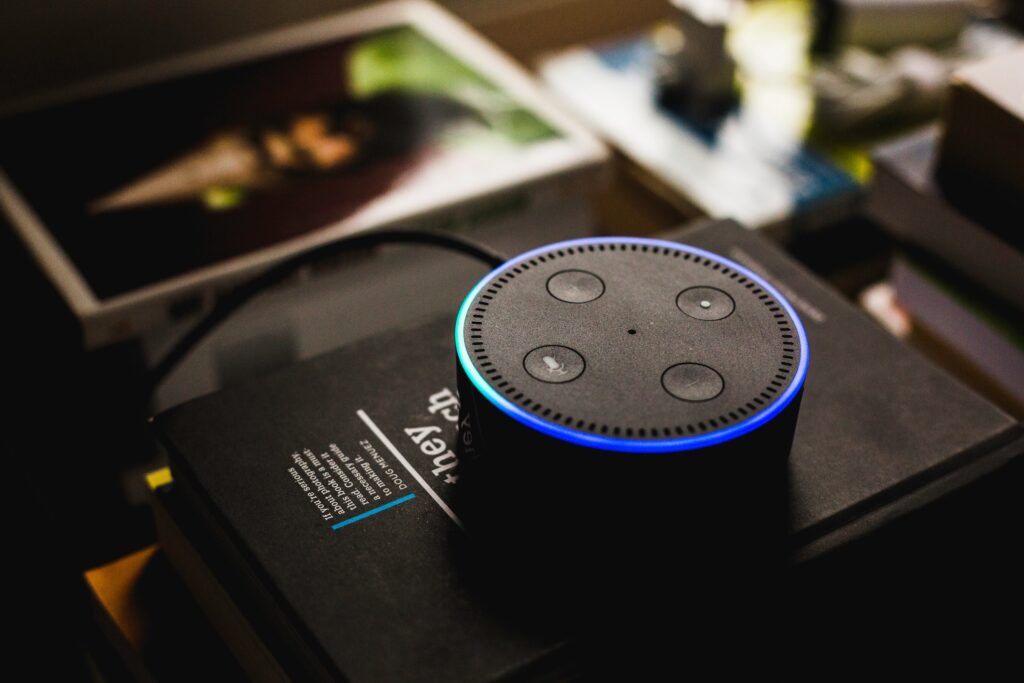The Internet of Things (IoT) is a rapidly growing network of connected devices, and to ensure seamless communication and interoperability, specific protocols and standards have been developed. In this beginner’s guide, we will explore the key IoT protocols and standards, their functionalities, and their significance in building a robust and scalable IoT ecosystem.
Why IOT protocols are important
IoT protocols play a crucial role in enabling seamless communication, interoperability, and scalability within the vast network of connected devices. These protocols define the rules and standards for data transmission, ensuring that devices from different manufacturers can communicate effectively. By providing a common language for devices to exchange data, IoT protocols facilitate the integration of diverse devices into a unified ecosystem.

They enable efficient and reliable data transfer, optimize network bandwidth usage, and ensure data security. IoT protocols also enhance interoperability, allowing devices and systems to work together seamlessly, irrespective of their underlying technology. Overall, IoT protocols are instrumental in creating a robust and efficient IoT infrastructure, unlocking the full potential of connected devices, and enabling innovative applications across industries.
Understanding IoT Protocols
IoT protocols serve as a set of rules and standards that define how devices communicate and exchange data within an IoT network. They ensure compatibility, efficiency, and security in data transmission. Let’s explore some of the widely used IoT protocols:
a. MQTT (Message Queuing Telemetry Transport):
MQTT is a lightweight messaging protocol designed for constrained devices with low bandwidth and high-latency networks. It follows a publish-subscribe model, allowing devices to subscribe to specific topics and receive relevant data when published. MQTT is widely used in IoT applications that require efficient and reliable messaging.
b. HTTP (Hypertext Transfer Protocol):
HTTP, a well-known protocol for web communication, is also used in IoT. It enables devices to send and receive data using standard request-response methods. HTTP is suitable for scenarios where devices communicate over the internet and require interoperability with existing web-based systems.
c. CoAP (Constrained Application Protocol):
CoAP is designed for resource-constrained devices and low-power networks, such as those found in IoT applications. It uses the lightweight UDP (User Datagram Protocol) for data transmission, making it efficient for constrained environments. CoAP is commonly used in IoT deployments where low power consumption and scalability are essential.
Wireless Communication Protocols
Wireless communication protocols are specifically designed for IoT devices that operate wirelessly. These protocols ensure reliable and secure data transmission over wireless networks. Let’s explore some popular wireless communication protocols:
a. Wi-Fi (Wireless Fidelity):

Wi-Fi is a widely adopted wireless communication standard that enables devices to connect to the internet and communicate with each other within a local area network (LAN). It offers high data transfer rates and is suitable for applications that require high bandwidth, such as smart homes, offices, and public spaces.
b. Bluetooth:
Bluetooth is a short-range wireless communication protocol commonly used for connecting devices within limited proximity. It is ideal for IoT applications that involve personal devices, wearables, and smart home automation. Bluetooth Low Energy (BLE) variants are popular in IoT due to their low power consumption.
c. Zigbee:
Zigbee is a wireless communication protocol designed for low-power, low-data-rate applications in IoT. It operates on the IEEE 802.15.4 standard and is commonly used in home automation, industrial control systems, and sensor networks. Zigbee provides a mesh network topology, allowing devices to communicate with each other and extend the network coverage.
IoT Standards for Interoperability
Interoperability standards play a vital role in enabling devices from different manufacturers to communicate and work together seamlessly. They ensure compatibility, data interoperability, and ease of integration. Let’s explore some important IoT standards:
a. OCF (Open Connectivity Foundation):
The OCF is an industry consortium that promotes interoperability across IoT devices and platforms. It provides a common framework for seamless device discovery, communication, and data exchange. OCF’s open standard facilitates interoperability between different IoT ecosystems.
b. MQTT-SN (Message Queuing Telemetry Transport for Sensor Networks):

MQTT-SN is an adaptation of the MQTT protocol specifically designed for sensor networks. It allows sensor nodes to efficiently communicate and publish data within a constrained network environment. MQTT-SN enables IoT deployments in scenarios with limited resources and intermittent connectivity.
c. OPC UA (OPC Unified Architecture):
OPC UA is a machine-to-machine communication protocol widely used in industrial automation and IoT applications. It enables secure and reliable data exchange between devices and systems from different vendors. OPC UA provides a standardized framework for seamless interoperability in the industrial IoT domain.
Security Standards and Best Practices
Security is a critical aspect of IoT systems, and several standards and best practices ensure data privacy and protect against cyber threats. Here are some key security considerations:
a. TLS (Transport Layer Security):
TLS is a cryptographic protocol that provides secure communication over networks. It ensures data confidentiality, integrity, and authentication between IoT devices and the cloud. Implementing TLS protocols helps prevent unauthorized access and data breaches.
b. PKI (Public Key Infrastructure):
PKI is a set of policies, procedures, and infrastructure that enables the secure management of public and private keys. It is crucial for establishing secure communication and authenticating IoT devices. PKI plays a vital role in securing data transmission and preventing unauthorized access.
c. Device Authentication and Authorization:
IoT systems should implement robust authentication and authorization mechanisms to ensure that only trusted devices can access and exchange data. Techniques such as digital certificates, device registration, and access control lists help verify device identity and control data access.
Conclusion
Understanding the protocols and standards that govern IoT communication is essential for building a secure, scalable, and interoperable IoT ecosystem. From lightweight messaging protocols like MQTT to wireless communication standards like Wi-Fi and Bluetooth, each protocol has its specific use cases and advantages. Embracing interoperability standards and implementing robust security measures ensures a cohesive and efficient IoT infrastructure. As the IoT landscape continues to expand, staying informed about the evolving protocols and standards will empower individuals and businesses to leverage the full potential of this transformative technology.
FAQs
What role do IoT protocols play in the Internet of Things?
Answer: IoT protocols define the rules and standards for data transmission, enabling devices to communicate and exchange information within an IoT network. They ensure compatibility, efficiency, and security in data transfer, facilitating seamless communication and interoperability among connected devices.
How do IoT protocols contribute to data security?
Answer: IoT protocols incorporate security features such as encryption, authentication, and access controls to protect data transmitted between devices. By implementing secure protocols, IoT systems can safeguard data privacy, prevent unauthorized access, and mitigate the risk of cyber threats and data breaches.
Why is interoperability important in IoT protocols?
Answer: Interoperability ensures that devices and systems from different manufacturers can work together seamlessly within an IoT ecosystem. By adhering to common protocols, IoT devices can communicate, share data, and perform coordinated actions, enabling scalability, integration, and collaboration across diverse devices and platforms.
How do wireless communication protocols differ from other IoT protocols?
Answer: Wireless communication protocols are specifically designed for IoT devices that operate wirelessly, enabling seamless data transmission over wireless networks. Unlike other IoT protocols, wireless communication protocols such as Wi-Fi, Bluetooth, and Zigbee focus on facilitating reliable and efficient communication between devices in a wireless environment.
What are the key considerations when selecting an IoT protocol for a specific application?
Answer: When selecting an IoT protocol, factors such as bandwidth requirements, power consumption, range, scalability, and interoperability need to be considered. Additionally, the specific use case and application requirements play a significant role in determining the most suitable protocol for optimal performance and efficiency in the IoT system.

